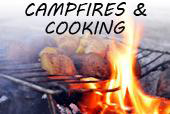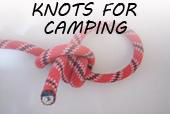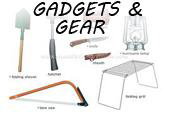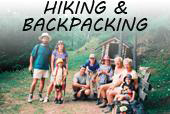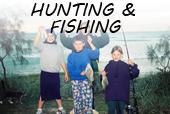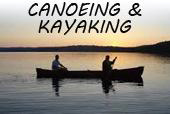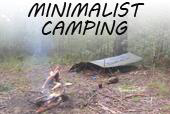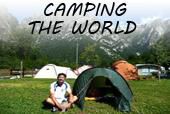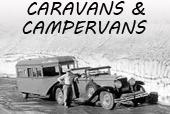When packing your daypack, you always start with gear known as the “10 essentials”. To turn a popular phrase, “don’t leave home without them!” I’ve included the list of these 10 must-haves in another post – click here.
In addition, you need to pack gear that will help you enjoy your trip. To do that you need to think about the type of hike, the duration, and the season in which you are hiking. These considerations determine not only the gear, but also the quantity. For example, you’ll need more water when taking a long hike in the summer (1/2 to 1 quart per hour) than a short hike in the fall (up to 1/2 quart per hour).
The typical day pack has a capacity of 2,000 cubic inches or less. That’s a lot of room for a one day trip. All the gear mentioned below will easily fit in a pack that size. Don’t, however, sell yourself short and compromise the safety of your trip by packing less so you don’t have to take a backpack. It’s better to have a half full backpack, but have everything, than to have an overstuffed lumbar pack or pockets, but still not have everything you might need. Don’t skimp. Do enjoy.
~ TYPE OF TRIP ~
The type of trip you are taking can impact what you take in a couple of ways. If you are taking a quick jaunt, you can get away with a lot less than on a longer, more remote hike. For example, you might want to take things like TP, camera, and binoculars, if you plan on being out for more than a couple hours.
If you are headed over particularly rough terrain, you’ll want to consider taking things like trekking poles. You can always leave them on your pack, if you don’t need them. But, it’s nice to know they’re there. Same with socks. It’s nice to have an extra pair, particularly if you are planning a hike near water or on a trail that has stream crossings.
So, consider where you are going and what you might encounter while there. Remember, its better to be safe and have a heavier pack, than sorry with a light one.
~ TIS THE SEASON ~
The weather and the season will have a big bearing on what you take with you. In warmer, sunnier weather things like sunscreen and sunglasses become essential. Extra water becomes imperative in summer and extra food in winter.
Different pests like different seasons. Mosquitoes love late spring and early summer, while ticks love mid to late summer. Obviously, bug repellant becomes a “must have” during these times.
On the margins of the seasons, more gear is necessary to accommodate the varying weather conditions.


